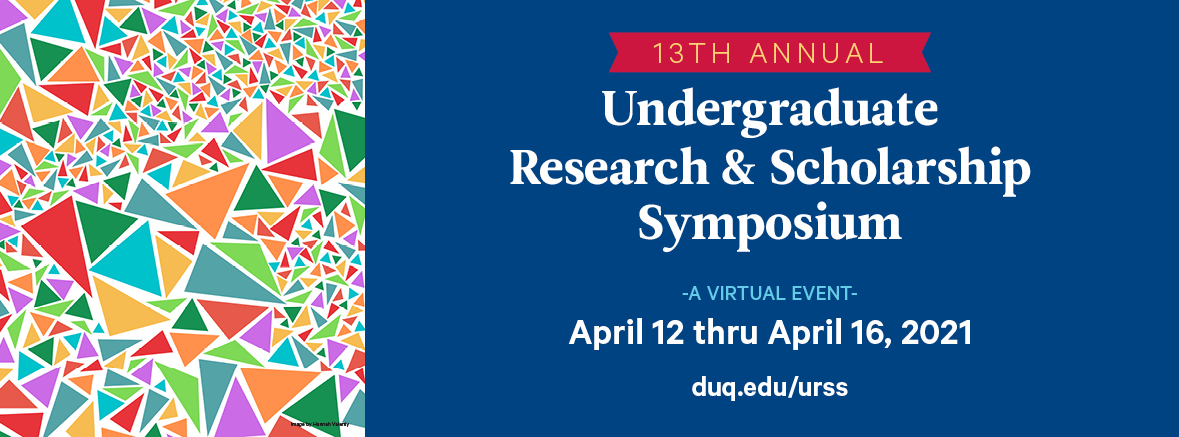Presenter Information
Serina Tressler, Lindsay Moskal, Jeffrey Evanseck, Thomas Montgomery*
Department of Chemistry and Biochemistry, Center for Computational Sciences, Duquesne University
Abstract
The chemical industry’s continued reliance on expensive and toxic metal catalysts has driven the search for greener and more sustainable alternatives. One such option is hydrogen bonding organocatalysts, a group of inexpensive compounds made from renewable feedstocks. However, the interactions of these compounds with aryl groups is not currently understood, limiting their overall effectiveness. Dual hydrogen bond donors such as squaramide and thiourea have been a focus of study for some time, but the structure and interactions of unsubstituted squaramide have not been thoroughly reported and present an unknown in catalyst design. This study seeks to understand the structure of squaramide and how it interacts with aryl systems, specifically benzene. We used the Truhlar M06-2X functional with Dunning’s aug-cc-pV[D, T]Z basis sets and MP2 with Dunning’s aug-cc-pV[D,T]Z basis sets for geometry optimization and energy evaluation. Additionally, we employed the Boys and Bernardi counterpoise method to account for basis set superposition error (BSSE) to compare to the uncorrected values. From these calculations, it was apparent that squaramide possesses multiple available geometries that may be interchangeable with a considerable impact of BSSE. Additionally, there are several ways that squaramide can interact with benzene, and these interactions have been compared to the better studied benzene dimer, comparing both with their BSSE corrected structures and energies. This work provides valuable insight into how squaramide-based catalysts may interact with aryl groups, how squaramide’s structure changes based on those interactions, and the potential effects of BSSE on both.
School
Bayer School of Natural and Environmental Sciences
Advisor
Thomas Montgomery
Submission Type
Paper
Publication Date
April 2021
Included in
Squaramide Structure and Interactions with Benzene
The chemical industry’s continued reliance on expensive and toxic metal catalysts has driven the search for greener and more sustainable alternatives. One such option is hydrogen bonding organocatalysts, a group of inexpensive compounds made from renewable feedstocks. However, the interactions of these compounds with aryl groups is not currently understood, limiting their overall effectiveness. Dual hydrogen bond donors such as squaramide and thiourea have been a focus of study for some time, but the structure and interactions of unsubstituted squaramide have not been thoroughly reported and present an unknown in catalyst design. This study seeks to understand the structure of squaramide and how it interacts with aryl systems, specifically benzene. We used the Truhlar M06-2X functional with Dunning’s aug-cc-pV[D, T]Z basis sets and MP2 with Dunning’s aug-cc-pV[D,T]Z basis sets for geometry optimization and energy evaluation. Additionally, we employed the Boys and Bernardi counterpoise method to account for basis set superposition error (BSSE) to compare to the uncorrected values. From these calculations, it was apparent that squaramide possesses multiple available geometries that may be interchangeable with a considerable impact of BSSE. Additionally, there are several ways that squaramide can interact with benzene, and these interactions have been compared to the better studied benzene dimer, comparing both with their BSSE corrected structures and energies. This work provides valuable insight into how squaramide-based catalysts may interact with aryl groups, how squaramide’s structure changes based on those interactions, and the potential effects of BSSE on both.

